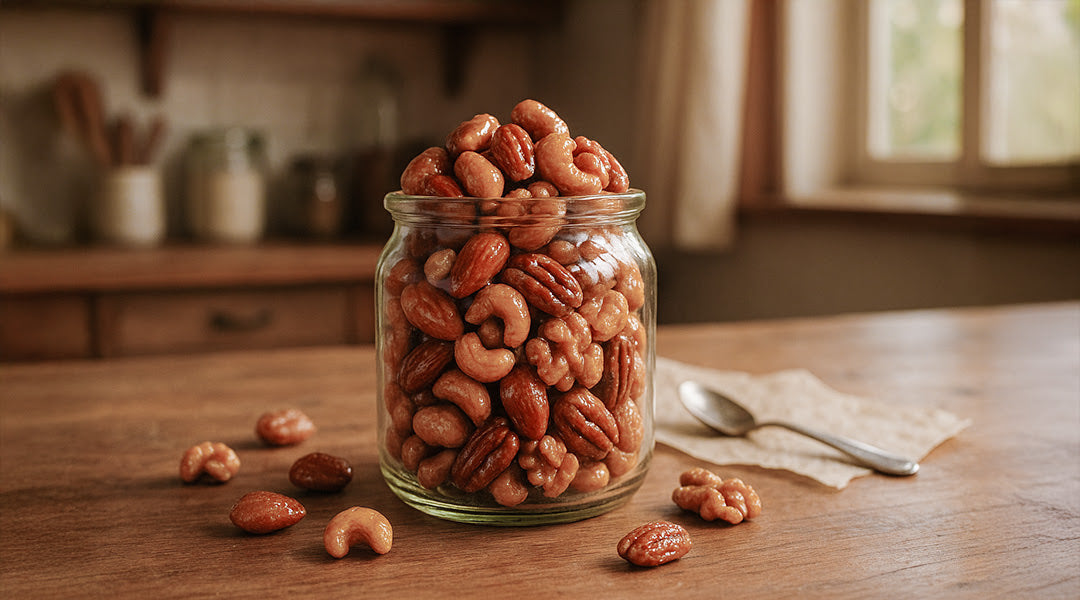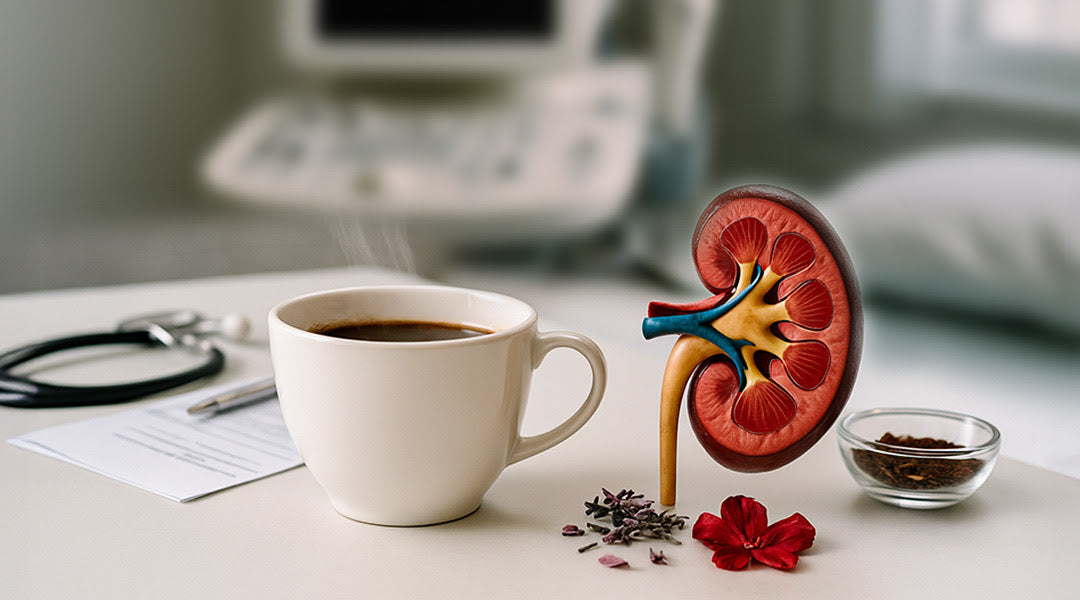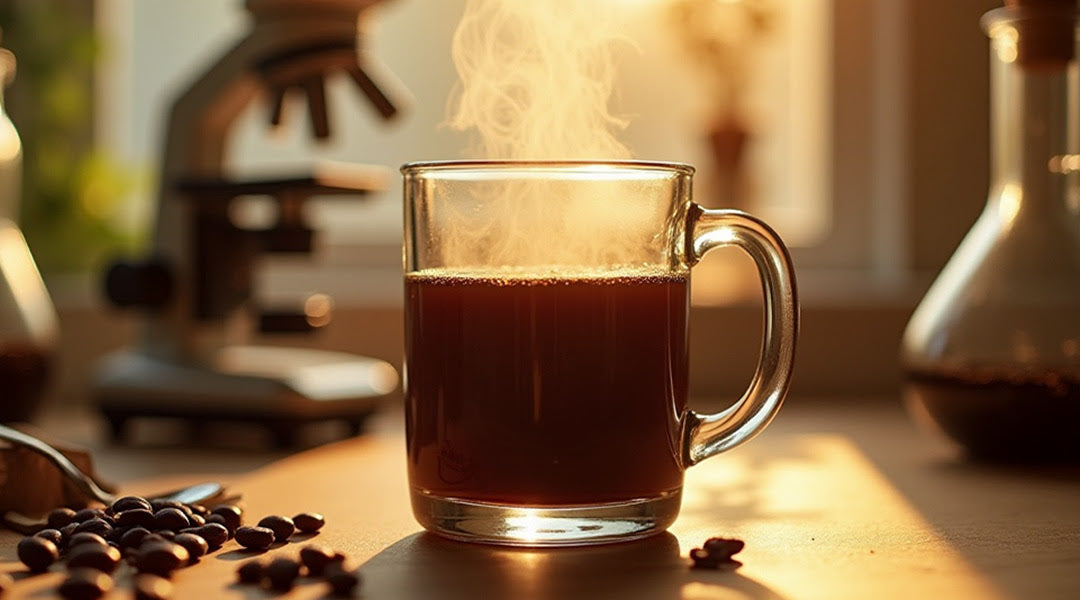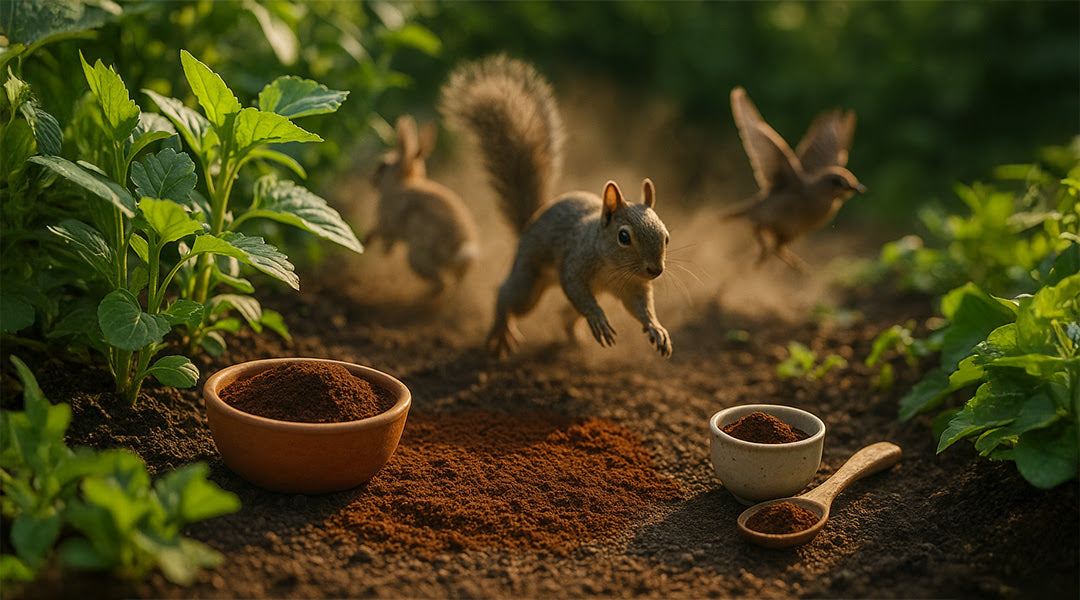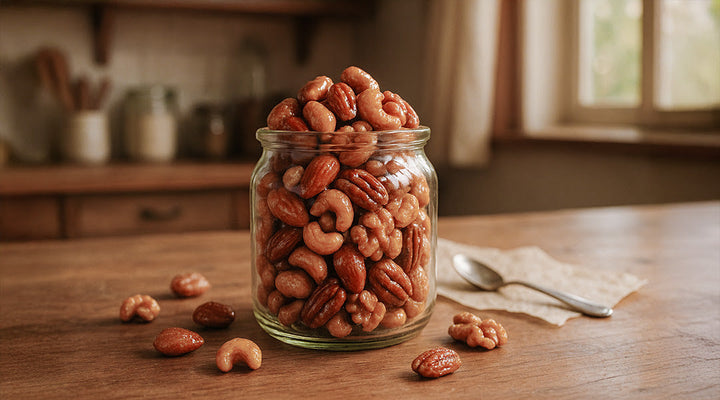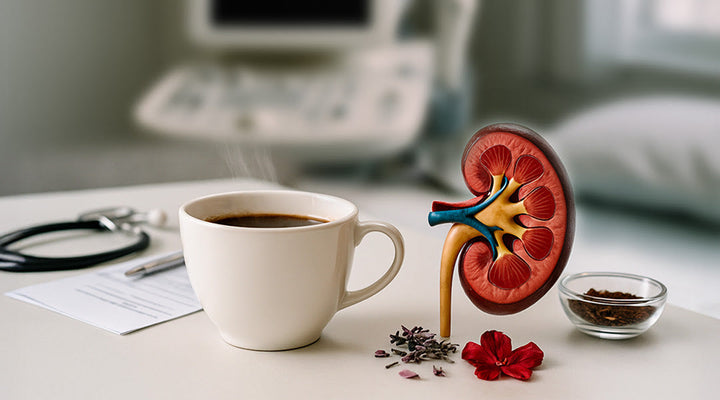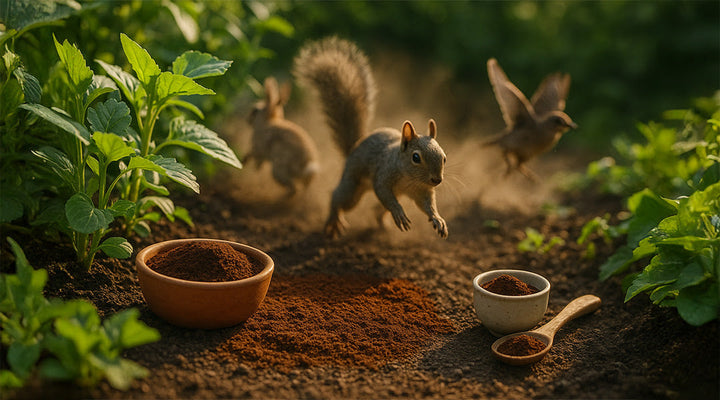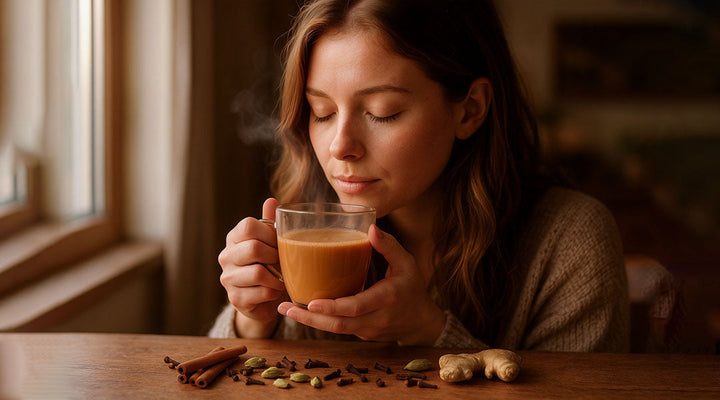
From How It’s Grown To Crafting At Home, Here’s What Makes Artisanal Coffee The BEST Coffee
Most trends come and go.
We especially see this in food and fashion, where what’s popular one year may be old news by the time the ball drops to signify a new year and brand new fads to usher in with it.
But, there are some trends that become staples, particularly those we recognize for their positive impacts on our everyday lives, our health, and our world.
Hmmm, a trend that impacts the whole world? Is that even possible?
We believe it is! And, that’s why we’re excited to discuss a trend that’s been gaining popularity in recent years, artisanal coffee. Yes, your daily cup of joe can have incredible impacts on both your health and the health of the planet.
Artisanal coffee deals with the details. In particular, this type of coffee involves the characteristics of how your preferred brew is sourced, processed, roasted, brewed, and enjoyed.
And, what we’ve known for some time here at Lifeboost is that these details make all the difference.
In fact, these key elements highlight areas we’ve been passionate about for years, as a company, and as lovers of truly great coffee.
So, today we’re going to discuss the up and coming trend of artisanal coffee, how to incorporate it into your at-home brewing practices, and why we hope this trend is here to stay!
What is Artisanal Coffee?

Artisan coffee isn’t just one brand, type, or variety of coffee. Instead, this term involves the ways coffee is processed and brewed. For instance:
- First, the trend dealt with the customization of coffee, taking traditional brewing practices to new levels by incorporating a more hands-on approach to coffee where folks got more precise in their brewing methods, allowing individuals to personally craft each cup, bringing out the richest flavors in their brew.
- But now, as today’s generations have become more conscious of both physical health and environmental health, the artisanal coffee trend has also realized the needed elements of how and where coffee is grown, processed, and roasted, these being vital elements of perfecting any brew.
Typically, artisan coffee has more distinct flavors, it is smoother, and the flavors are more rich and developed.
But, as we hinted above, this doesn’t solely come about in the brewing process.
Artisan coffees begin with attention to detail from farmers who go above and beyond to ensure their crop is of the highest quality, healthy, clean, and pure.
So, before we hone our at-home artisan coffee craft, first let’s take a look at what coffee critics know to be some of the most important steps in the process of growing great coffee.
Single Origin
Rather than incorporating coffee grown from various regions, or mixing high and low quality coffees to achieve a cheaper end product, single origin coffee is grown in one geographic region.
And, this is a crucial element in crafting a truly great cup of artisanal coffee, allowing you to savor the distinct flavor profiles of the region where the coffee is grown, making your cup unique, distinct, and offering a very specific taste to savor with each sip.
Sustainably Grown
Did you know that for every cup of coffee consumed, roughly one inch of rainforest is destroyed?
The growing practices of many coffee companies involve deforestation and the use of chemicals which causes build up in the soil leading to erosion, land degradation, as well as creating runoff that pollutes waterways killing land and aquatic wildlife.
Artisanal coffee, on the other hand, looks to the future, with this trend seeking only that coffee which has been grown without the use of harmful chemicals.
This type of coffee is also grown amongst other crops, especially at high elevations, which yields a more intensely flavored and nutrient dense bean due to the slow maturation of the cherries and the presence of native plant and animal life.
Detailed Processing
Artisan coffee cuts out the middleman, bringing customers coffee that’s grown by skillful, knowledgeable farmers who take pride in their crop, even past planting and growing. Therefore, the next step in their labor comes down to selection.
And, truly great coffee is hand selected.
Instead of incorporating the use of machinery which can not differentiate between ripe, unripe, rotten, or defective coffee cherries, artisan coffee is harvested by hand where the skillful eye of farmers detect perfectly plump, ripe, coffee cherries without defect or blemish.
These cherries are then sorted again before being delicately washed - at Lifeboost we incorporate spring water washing as an extra measure - after which the mucilage is removed through further washing and fermentation.
Then, the coffee is dried naturally in the sunlight, before another inspection.
Tested For Chemicals
We’ve added this section specifically in reference to Lifeboost’s processing practices, because while we can’t speak for other companies, as we believe great coffee is clean and healthy, we go the extra mile by testing all of our coffee for molds, mycotoxins, heavy metals, and more than 400 other toxins.
I mean, if you want to go above and beyond for the sake of quality, the extra mile is a must!
Small Batch Roasting
Since artisanal coffee seeks to highlight the unique flavors of coffee, the roasting process is also greatly important.
And, to bring out the true, rich, and distinct flavors a coffee derives from its growing region, roasting in small batches is necessary.
As an added detail, artisanal coffees won’t be roasted until each selection is purchased, another practice we incorporate at Lifeboost, ensuring each bag of coffee is as fresh and flavorful as possible.
Artisanal Coffee at Home

Artisanal coffee doesn’t stop at the roaster. This type of coffee is also characterized as a craft, an art, a hands-on way to customize and perfect your at-home coffee making process to bring out the best flavors your brew can offer.
Coffee contains nearly one thousand volatile flavor compounds, of which only 40 primarily contribute to the aromas we recognize in our brew.
So, knowing this, you’d think a substance with such complexity would require a food scientist to truly bring out its best flavors.
And, while hiring a resident food scientist to concoct your brew each day isn’t necessary, this is likely how the preparation aspect of artisanal coffee came about.
For years, many have been brewing coffee with the convenience of drip machines or even through newer technological advances like Keurig coffee makers and items similar in concept.
And, while these can produce decent java, artisan coffee gets more precise in the brewing process, allowing you to craft a personalized brew that seeks to bring out the oils, regional flavors, and aromas that some traditional brewing methods aren’t fully able to accomplish.
So, if you’re ready to customize and craft the perfect brew to bring out the best flavors in your coffee, here are a few tips:
1- Choose Whole Bean
If you want truly fresh coffee, always choose whole beans, which retain more flavor and freshness than pre-ground coffee.
Then, to keep your brew as fresh as possible, don’t grind your beans until you’re ready to brew.
2- Measure Coffee by Weight, Not Volume
Go ahead and scoop your coffee beans out of the bag or your airtight canister, but be sure to ultimately measure by weight, not by scoop (or volume).
By the spoon or scoopful, the amount of coffee you’re using can vary, meaning your cup of joe will taste slightly different each time you prepare it.
However, if you measure your coffee beans by weight (with a coffee scale), you’ll be able to get a consistent, tasty, reliable cup each time. So, keep in mind the following:
- Measure beans before grinding
- Measure your water as well
- While you may need to adjust amounts over time for your perfect brew, the average recommendation is 10 grams or .36 ounces of coffee per 180 ml of water for a 6 ounce cup of coffee.
3- Only Grind What you Need
To keep your whole bean coffee as fresh as possible, be sure to only grind what you plan on using. The freshest, tastiest cup of joe is made with freshly ground beans.
And, what kind of grinder you use can make a big difference as well.
We recommend a conical burr grinder as the shape of the burrs allows for an even grind each and every time.
This type of grinder also allows you a great amount of freedom in choosing the perfect size grind for your brew.
For instance, you’ll want a coarse grind for cold brew or when using a french press, while a medium to coarse grind is recommended for a pour over, and a fine grind is best for making espresso.
4- Use Filtered Water
If you’ve gone the extra mile, purchasing only coffee that is organic, sustainably grown, free of chemicals, meticulously processed, and small batch roasted, why would you brew your clean beans in unclean water?
So then, always make sure you’re using filtered water to brew your perfect cup of coffee at home.
5- Brewing Methods
Obviously, there are many methods for brewing a fantastic cup of coffee, but we’d be here all day to discuss the exact details and how-to’s for each one. So, instead we’ll just scratch the surface with a brief description of a few popular methods for hand-crafting an at-home brew:
- Drip coffee makers, while simple, likely won’t produce anything truly outstanding. So, if you’re looking to take your coffee-making (and enjoying) experience to the next level, seek to try one of the methods listed below.
- A french press makes a great cup of coffee for one, or a small crowd. And, this method of brewing often yields a cup of joe that’s bolder and darker than others.
- A pour-over is often the recommended option for making a smooth, individual brew, just for you.
- And, a moka pot allows you to make an espresso style coffee, customizing this type of bold, strong brew to your liking.
However, if you’re looking to make a precise and perfect espresso, while you won’t be able to do a lot of personal crafting in the actual brewing, most recommend investing in a quality espresso machine to produce a consistent shot.
Just remember, you’ll need to grind your espresso beans (ultra dark roasted coffee beans) to a fine setting. Then, your customization duties can follow, with attention to detail in building the perfect latte or macchiato as you hone your milk foaming methods.
6- Keep it Clean
No matter the method you use, keep all of your equipment clean to ensure each brew is fresh and tasty.
When you skip this step, oils from your coffee can build up in some equipment affecting the flavor, and in some cases it can cause your brew to taste burnt.
7- Store Unused Coffee in a Dark, Airtight Canister
Once you’re finished making your perfectly customized, precisely crafted, delicious cup of coffee, store any leftover beans in a dark, airtight canister (ceramic, tinted glass, or stainless steel, not plastic).
Why dark? Because, a clear canister allows sunlight to reach the beans, affecting freshness.
Why airtight? Because, open air affects freshness as well.
And, avoid storing your coffee in the refrigerator or freezer where the beans can absorb both moisture as well as the aromas from the foods stored there (coffee acts as a deodorizer, meaning it will naturally absorb odors).
8- Gettin’ Fancy
If you really want to take your brew to the next level at home, you can also try adding organic spices, such as cinnamon or nutmeg, to your freshly ground coffee before brewing.
And, if you’d prefer to incorporate this step afterwards, simply sprinkle a dash on top of your prepared brew.
Then, when constructing lattes, cappuccinos, and other milk infused coffee drinks, you can either use the wand of an espresso machine, an electric frother (our choice if you don’t have an espresso machine), or a handheld frother to create hot or cold milk foam to add to your prepared brew.
Just like crafting your perfect brew, these additions can take some practice. But, once you find out what works best for you, you’ll be your own barista in no time!
Artisanal Coffee is Caring Coffee

Whether or not you choose to carefully craft a customized and incredibly tasty brew at home is totally up to you, but as far as the pre-kitchen tenants of true artisanal coffee, we believe these make all the difference when it comes to our physical health and the health of our planet.
And, that’s why we hope this trend is here to stay.
Because, even before the term artisanal coffee became popular, here at Lifeboost we’ve always sought to bring you a coffee that is good for you and the planet, which is why we make the following our top priority:
- We support organizations that protect our rainforests.
- We pay our farmers a fair wage.
- Our farmers grow Lifeboost coffee without the use of pesticides, herbicides, or fertilizers.
- Our coffee is grown at high elevations where the cherries mature at a slower rate due to cooler temperatures. Here, rainwater also easily runs off preventing mold growth.
- We grow our coffee amongst native plants and wildlife, not only truly negating the use of chemicals in the growing process, but enhancing the biodiversity of the region, while also producing a more nutrient dense coffee cherry (slow growth at high elevations also contributes to the nutrient density of our coffee).
- Our farmers harvest coffee cherries by hand, only selecting perfectly ripe cherries without blemish or defect.
- Our coffee is spring water washed, dried, and 3rd party tested for molds, mycotoxins, and heavy metals to ensure our organic, sustainably grown coffee is 100% clean and healthy.
- We only roast in small batches after you order your preferred coffee selection to ensure our coffee is always fresh.
- We only use single origin, specialty coffee, never incorporating other, poor quality coffees, to make blends as a means of cutting costs and corners.
- We even utilize shipping partners (like Ecocart) to reduce our carbon footprint.
- And, when it comes to your at-home artisan coffee craft , we even have a brewing guide available for our customers who’d like to further learn how to custom craft a truly great cup of healthy, sustainably grown, clean, delicious coffee.
Check out Lifeboost Coffee Espresso .
- https://www.linkedin.com/pulse/rise-artisan-coffee-wyatt-cavalier
- https://joinposter.com/en/post/coffee-shop-trends
- https://artisancoffeeaccess.wordpress.com/what-is-artisan-roasted-coffee/#
- https://coffeegems.co.uk/blogs/blog/what-is-artisan-coffee#
- https://beannbeancoffee.com/blogs/beansider/blend-vs-single-origin-coffee-what-s-the-difference#
- https://ohiostate.pressbooks.pub/sciencebites/chapter/a-bitter-brew-coffee-production-deforestation-soil-erosion-and-water-contamination/#
- https://science.howstuffworks.com/innovation/edible-innovations/coffee4.html
- https://theredmugcoffeecompany.com/what-is-artisan-coffee/#
- https://bestrecipefinder.com/make-artisanal-coffee-at-home/
- https://cen.acs.org/articles/85/i38/Tweaking-Coffees-Flavor-Chemistry.html
- https://learn.bluecoffeebox.com/the-best-way-to-store-coffee-to-keep-it-fresh/#
- https://eldoradocoffee.com/blogs/news/ground-vs-whole-bean-coffee#
- https://www.readyseteat.com/inspiration-and-tips/10-barista-approved-tips-making-high-quality-coffee-home
- https://www.kingscoastcoffee.com/blogs/news/the-golden-ratio-for-brewing-coffee#
- https://www.homegrounds.co/flat-vs-conical-burr-grinder/
- https://grosche.ca/coffee-grind-chart/
- References for the article to confirm data and information.


